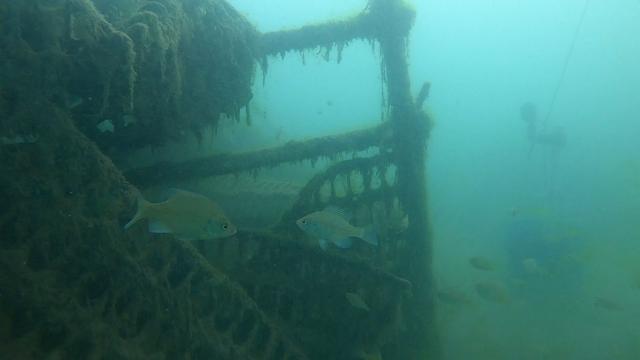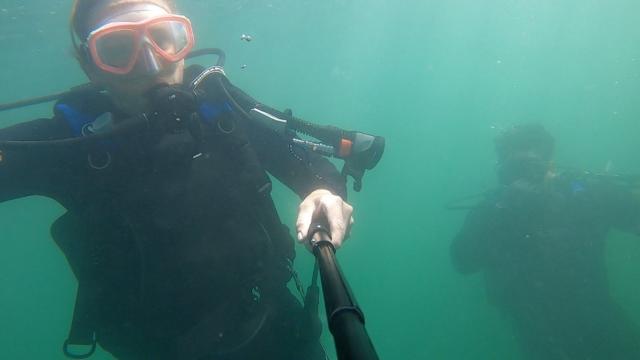Related Stories
- Remembering the cattle drive that defined ranching in southeastern Arizona
- Smokey Bear joins Mr. & Mrs. Claus to continue LTVA annual toy giveaway
- BLM Fire Team brings Smokey Bear to Kingman’s Street of Lights
- Nine years of partnership pays off: Fitzhugh Creek Meadow restoration achieves dramatic results
- Rural wildland firefighting partners grateful for BLM gift
Office
1785 Kiowa Ave.
Lake Havasu City, AZ 86403
United States
Phone:


